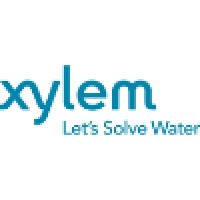
Xylem
Xylem is the global leader in advanced technologies, solutions and services that address the world’s biggest water challenges. We enable our customers to dramatically improve the way water and wastewater is used, managed, conserved, re-used and returned to nature. At every level, our global team is committed to access, equity, inclusion, and diversity. Our goal is for all our colleagues to be involved, respected, valued, connected, and free to bring their authentic selves and ideas. If you are excited and passionate about solving water, we want to hear from you. #LetsSolveWater






